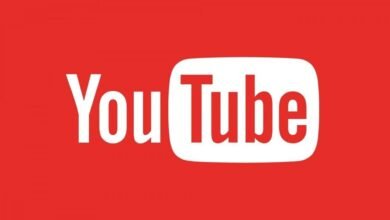Google Ads Integrates Web & App Campaigns with New Features

▼ Summary
– Google is expanding Web to App Connect to allow YouTube, Hotel, and Demand Gen ad clicks to send users directly to apps, beyond previous campaign types.
– New unified workflows and in-product nudges help optimize toward in-app events, while a combined overview card displays web and app performance side-by-side.
– Search and Shopping campaigns can now be credited with driving app installs and in-app conversions for the first time.
– These updates aim to help marketers create consistent customer journeys, reduce wasted spend, and improve ROI by unifying web and app advertising.
– Unified reporting will make it easier to identify valuable touchpoints and may lead to more app-first strategies in retail, travel, and subscription services.
Google Ads is introducing a suite of new features aimed at unifying web and app advertising, offering marketers a more seamless way to manage cross-platform customer experiences and measure performance with greater accuracy. These updates are designed to simplify workflows, enhance visibility, and drive better returns on ad spend.
A significant enhancement comes with the expansion of Web to App Connect, which now includes YouTube, Hotel, and Demand Gen campaigns. This allows advertisers to direct clicks from these channels straight into their apps, building on earlier support for Performance Max, Search, and Shopping. Early adopters on YouTube have reported conversion rates doubling, highlighting the potential impact of this integration.
Unified workflows are another key improvement, with in-product guidance helping advertisers optimize toward in-app events more effectively. The new unified conversions feature bundles app and web events, streamlining setup and reducing complexity. Additionally, a combined overview card on the Ads homepage provides a side-by-side comparison of web and app performance, offering a clearer picture of campaign effectiveness.
For the first time, Search and Shopping campaigns can receive credit for driving app installs and in-app conversions, closing a longstanding measurement gap. This allows advertisers to better understand how web efforts contribute to app growth and user engagement.
These changes address a common frustration among marketers: the challenge of tracking customer journeys that span multiple platforms. By unifying reporting and optimization, businesses can now identify high-performing touchpoints, reduce wasted ad spend, and develop more effective app-focused strategies. Industries such as retail, travel, and subscriptions, where in-app conversions often outperform web, are likely to benefit significantly.
Looking ahead, these integrations will make it easier to pinpoint which campaigns deliver the most value, though they may also reveal areas where spending isn’t yielding results. Expect more brands to experiment with app-first approaches, leveraging these tools to create smoother, more profitable customer pathways.
(Source: Search Engine Land)





